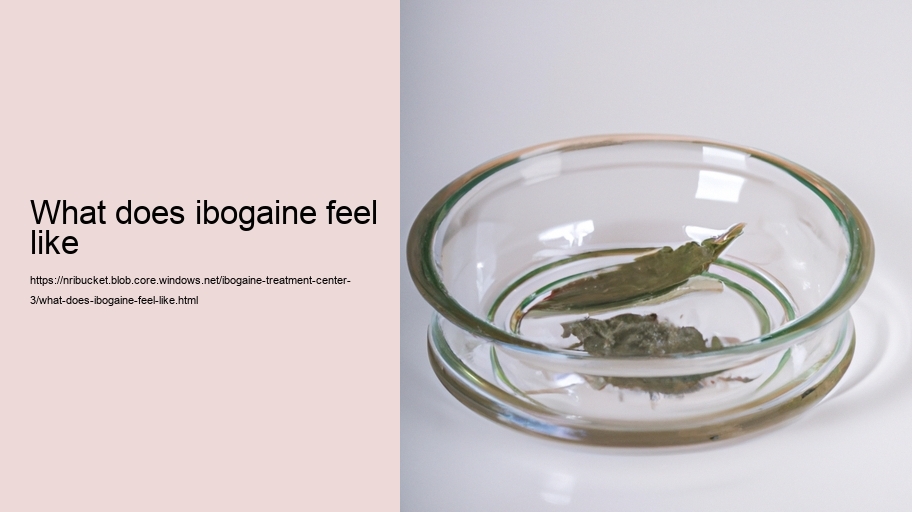Ibogaine is a naturally occurring psychoactive substance found in the roots of the African shrub Tabernanthe iboga. It has been used for centuries by indigenous West African peoples in spiritual ceremonies and is known for its powerful effects on the mind and body. In recent years, it has gained attention in Western cultures primarily as a potential treatment for addiction to opioids and other substances. Describing what ibogaine feels like is a complex task because experiences can be intensely personal and variable; however, I will attempt to convey a general sense of the experience based on testimonies from individuals who have undergone ibogaine therapy.
The journey into an ibogaine experience often begins with apprehension, given its reputation as an intense psychoactive agent. Once ingested, it usually takes about 45 minutes to an hour for the initial effects to be felt. The onset may start with subtle changes in perception — colors might become brighter or sounds more distinct. As these sensory shifts deepen, users frequently report a buzzing or humming sensation that signifies the beginning of ibogaine's full activation within their system.
As the experience unfolds, many describe entering into a dream-like state where they encounter vivid visions or memories playing out before them like scenes from a movie. These are not hallucinations in the traditional sense but rather introspective revelations that can feel deeply meaningful. Users often recount seeing aspects of their own lives from new perspectives, re-experiencing past events, and confronting emotional traumas head-on.
During this phase of reflection and revelation — which can last several hours — individuals may feel detached from their physical selves, floating within their own mindscape. This dissociative effect allows some to analyze their behaviors and life choices without the usual defensive mechanisms that protect our egos from harsh truths.
Emotionally, ibogaine can take people through highs and lows; it’s common to oscillate between feelings of euphoria and despair as one confronts various aspects of their psyche. Despite these swings, there's often an overriding sensation of being guided or taught by the experience—like being led through one’s own subconscious by an unseen teacher.
Physically, ibogaine can also induce less pleasant sensations such as nausea, ataxia (lack of coordination), vomiting, and occasionally dizziness or shaking—symptoms typically associated with purging both psychological and physiological toxins from the body.
After peaking, users gradually return to baseline consciousness but this descent back is generally accompanied by prolonged periods of introspection where insights gleaned during peak moments are integrated into one’s conscious understanding—a process that can take days or even weeks.
Post-ibogaine experiences vary widely among users; some report lasting benefits such as diminished cravings for addictive substances or newfound clarity regarding personal issues. Others may find themselves unravelling layers of psychological complexity they were previously unaware of; this renewed self-awareness could prompt significant life changes or catalyze further therapeutic work.
In conclusion, describing what ibogaine feels like encompasses not just a range of sensory impressions but also profound emotional journeys and potentially transformative personal realizations. No two experiences are identical due to variations in individual psychology and dosage levels but common threads include deep introspection, confrontation with personal demons, temporary detachment from reality followed by long-term reflective processes—all framed within what many regard as one of the most powerful psychonautical voyages offered by nature's pharmacopeia.
